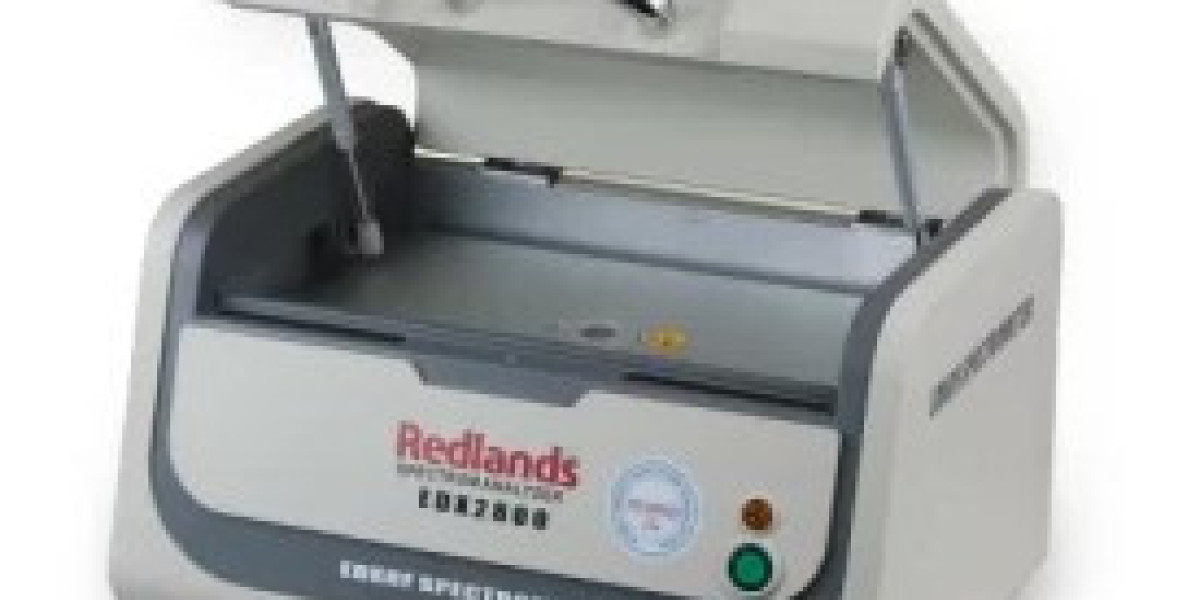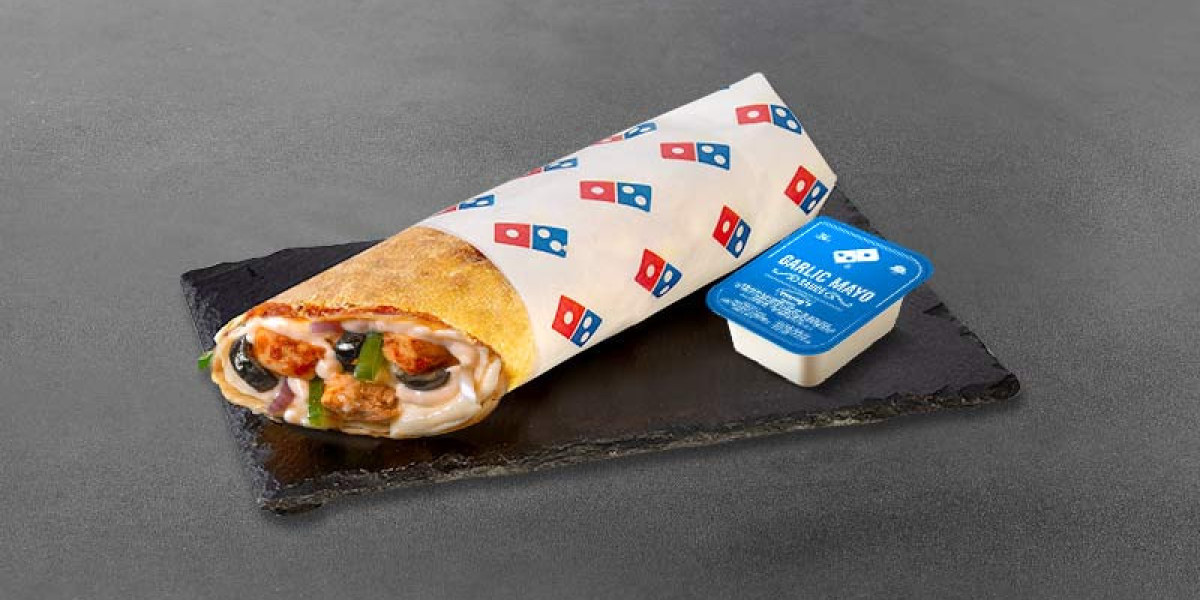If you’re working with precious metals like gold and silver, understanding how to carry out a reliable gold and silver test is essential. Whether you’re a jeweller, pawn-shop owner, investor or simply buying or selling precious metals, knowing how to verify authenticity and purity protects you from risk and ensures accurate valuation.
Why You Should Test Gold and Silver
Avoid counterfeit or substandard metals: Sophisticated fraud means even experienced buyers can be fooled by plated or alloyed items. A proper gold and silver test helps you spot imposters.
Ensure accurate pricing: Precious metals are priced by weight and purity (karats for gold, fineness for silver). Without testing, you might overpay or undervalue an item.
Protect your business reputation: For jewellers or resellers, using reliable testing enhances trust and professionalism.
Comply with regulations and fair-trade practices: Many markets demand transparency in metal purity, and testing helps you meet those standards.
Common Methods of Testing Gold and Silver
Here are several widely used techniques:
Acid Test: A traditional method where you scratch the metal and apply a drop of nitric acid or a touchstone kit. Different reactions indicate different karats or whether the item is fake.
Electronic/Non-Destructive Testing: Modern machines can analyse gold and silver without damaging the piece. They often test conductivity, density or X-ray fluorescence (XRF). For example, the range of machines offered by Ashlyn (via its “GTM” category) include gold & silver testing machines built for accuracy.
Density Test (Archimedes Principle): Measures the metal’s weight vs volume to derive density and compare it with expected values. Useful but can be influenced by attached non-metal parts.
XRF Analysis: Uses X-ray fluorescence to determine elemental composition. Very accurate and non-destructive, though it can be more expensive.
How to Choose the Right Testing Machine
If you’re looking for machines to test gold and silver (rather than manual methods), here’s what to consider:
Purity range & metals supported: Ensure the machine handles both gold and silver, as well as alloyed variations. The Ashlyn Instruments GTM category highlights machines for gold & silver jewellery. Non-destructive vs destructive testing: Non-destructive methods preserve your items (important for jewellery and antiques).
Speed and user-interface: For business use, machines with quick turnaround and intuitive interface help workflow.
Calibration and verification standards: Certified machines maintain accuracy over time.
After-sales support and parts availability: For long-term use, serviceability matters.
Budget vs return on investment: For smaller operations you may start with basic equipment or manual kits; for larger operations, advanced machines may pay off.
Best Practices for Conducting Gold & Silver Tests
Clean the item before testing: Dirt, coatings or surface treatments may affect results.
Test multiple spots: Especially for items with plating or coatings, ensure you’re testing the core metal.
Understand the context of results: High purity gold (e.g., 24k) differs significantly from 14k or 18k; silver fineness also varies.
Document your process: For resale or auditing, keeping a record of test results strengthens credibility.
Train your staff (if applicable): Proper handling, calibration and interpretation of tests require experience.
Maintain your equipment: Regular calibration and cleaning ensure consistent results.
Why the GTM Category from Ashlyn Instruments Matters
The GTM (Gold & Silver Testing Machines) category offered by Ashlyn provides several key advantages:
Focused specifically on gold and silver, which means the machines are optimised for the unique properties of these metals.
A range of products, from entry-level to advanced, helps businesses scale according to needs.
Emphasis on precision and reliability — critical when dealing with high-value metals where a small error can mean a large financial difference.
FAQs About Gold and Silver Testing
Q: Can acid tests damage jewellery?
A: Yes. The acid test often involves scratching the surface, which may leave marks or degrade plated items. For fine jewellery, non-destructive testing is preferable.
Q: Is one test enough to confirm purity?
A: It depends. For critical items (e.g., antique jewellery, heirlooms, investment bars) it’s wise to use at least two methods (e.g., density + electronic test) for confirmation.
Q: Does silver need testing as often as gold?
A: Yes — while silver is typically less subject to high‐karat alloys, mis-labelled or counterfeit silver items still occur. Ensuring correct fineness (e.g., 925 sterling, 999 fine) is important.
Q: How often should I calibrate a testing machine?
A: Follow the manufacturer’s guidance; typically at least once a year or more frequently in heavy-use settings.
Conclusion
Testing gold and silver is not just an optional extra—it’s a fundamental step for anyone dealing with precious metals. A robust gold and silver test regime helps protect buyers, sellers and owners alike from risk, fraud and mis-valuation. By choosing the right method (or machine), following best practices, and staying vigilant, you ensure transparency, accuracy and trust in every transaction.










